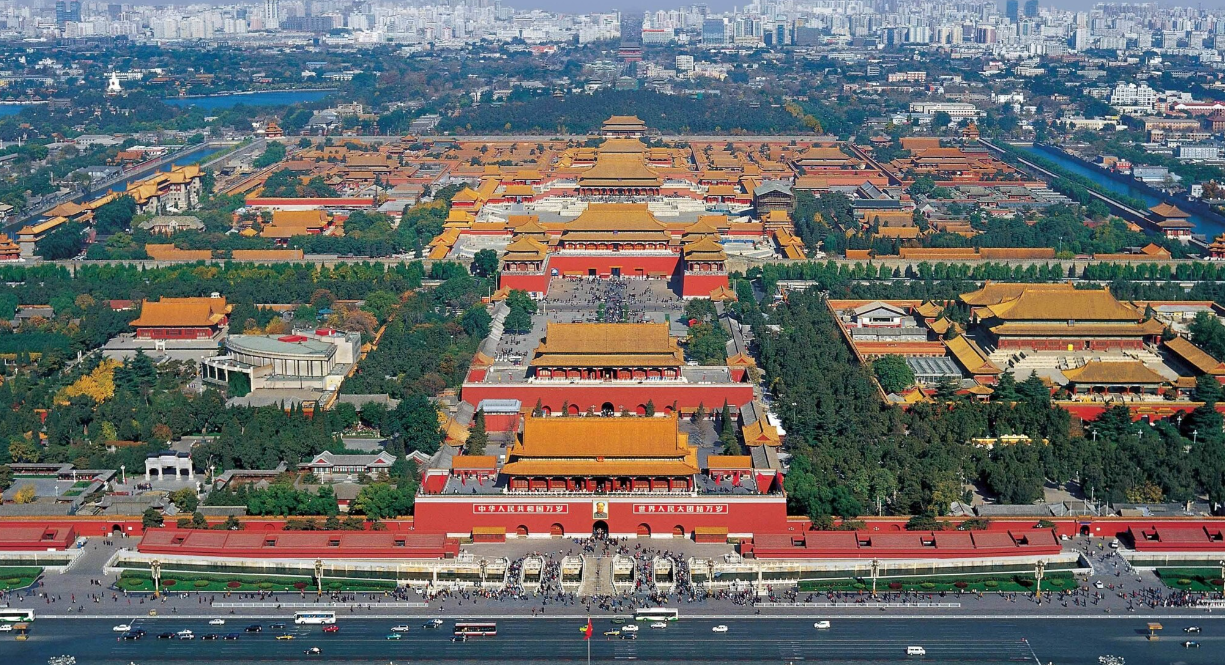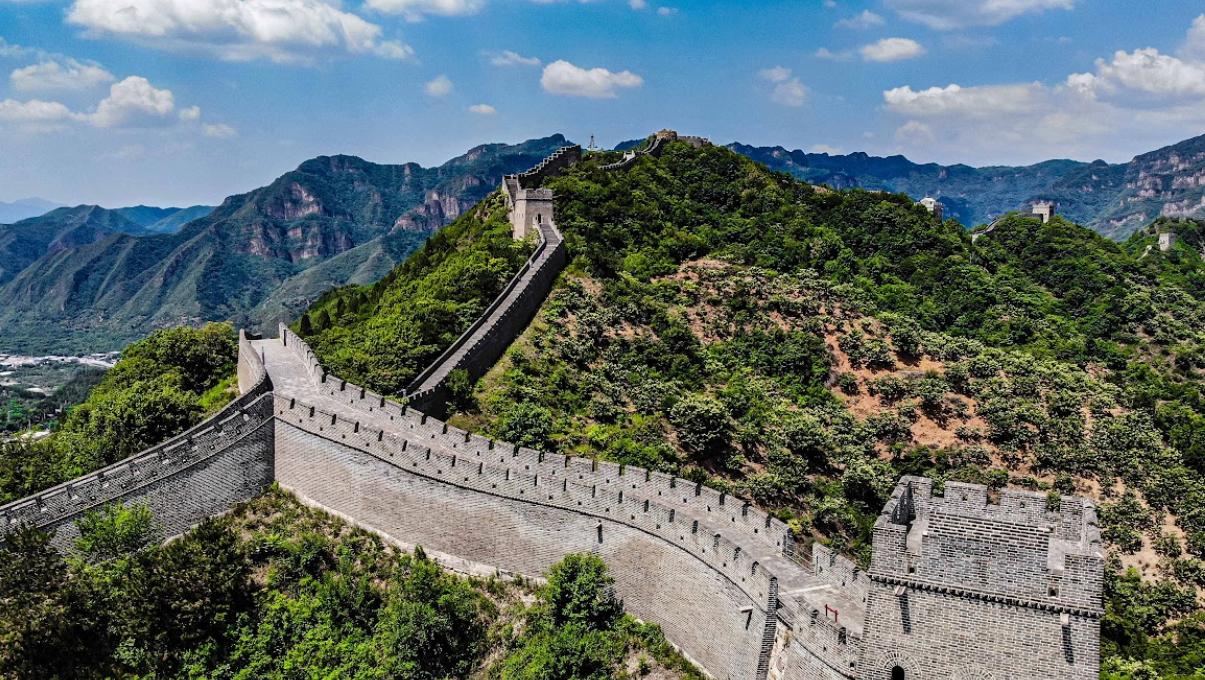Beijing for History Lovers: A Friendly Guide to Exploring China’s Past
Outline:
-
Why Beijing is a dream city for history lovers
-
The must-see historical sites (and why they matter)
-
Small details that bring the past alive
-
Mixing history with today’s local life
-
Tips to make your trip smoother
Beijing for History Lovers: A Friendly Guide to Exploring China’s Past
“Is Beijing really that historical?” — that’s the question I get most often from friends planning their first trip to China. And honestly, the short answer is yes. The city is like a living museum, but also noisy, modern, and sometimes a little overwhelming. If you’re someone who loves digging into old stories, touching ancient walls, and imagining emperors and poets walking the same streets, Beijing is absolutely your playground.
1. Why Beijing is a dream city for history lovers

Beijing isn’t just the capital of China today; it has been the center of politics, power, and culture for centuries. Dynasties came and went, emperors built palaces, and armies marched through its gates. Unlike some cities where “history” means a couple of old churches, Beijing’s history is layered everywhere: from the Forbidden City sitting right in the middle to hidden hutongs where ordinary people lived for hundreds of years.
Travelers often say the city feels like stepping into a movie set, except everything is real.
2. The must-see historical sites (and why they matter)

Alright, so let’s talk about the big names.
-
The Forbidden City – This is the heart of Beijing, the palace where emperors ruled for over 500 years. You’ll need at least half a day, and trust me, wear comfy shoes. Beyond the crowds, if you slow down, you’ll notice the tiny carvings on roof tiles and how each courtyard feels like its own world.
-
The Great Wall (near Beijing) – Yes, it’s outside the city, but you can’t come this far and skip it. The Mutianyu section is a bit less crowded than Badaling, though both give you that “wow, I’m walking on history” feeling. Standing there, it’s hard not to imagine soldiers watching for invaders centuries ago.
-
Temple of Heaven – This is where emperors prayed for good harvests. The buildings are stunning, but what makes it alive is the locals practicing tai chi or playing cards in the park around it. History and daily life overlap here.
-
Summer Palace – A royal garden by the lake, with pavilions, long corridors painted with thousands of tiny scenes, and that lazy holiday vibe. You can almost picture the Empress Dowager Cixi sailing around in her marble boat (yes, it’s literally a stone boat).
And if you’re into smaller spots: Confucius Temple, Lama Temple, and the Drum Tower are all worth a look.
3. Small details that bring the past alive
Sometimes, the magic isn’t in the big monuments but in the little things. Like wandering the narrow alleys (hutongs), where grey brick walls hide courtyards that families still live in. Or sitting in a teahouse that feels like it hasn’t changed in 200 years.
One of my favorite memories was stumbling upon a calligraphy shop near the Confucius Temple. The owner let me try writing a character with a brush. My handwriting was terrible, but for a moment, I felt connected to scholars who lived here long before me.
4. Mixing history with today’s local life
Beijing isn’t frozen in the past. You might leave the Forbidden City and immediately see a modern shopping mall. The contrast is part of the charm.

Want to live like a local while soaking in history? Try staying in a courtyard-style guesthouse instead of a chain hotel. Or eat jiaozi (dumplings) in a family-run restaurant that’s been around for decades. Even riding the subway can feel like time travel: you step out of a futuristic station and, boom, you’re standing under an ancient city gate.
5. Tips to make your trip smoother
-
Timing matters: Go early in the morning to popular sites, or you’ll be squeezed in like sardines.
-
Tickets: Some places, like the Forbidden City, sell out quickly, so book online in advance.
-
Weather: Summers can be boiling, winters freezing. Spring and autumn are the sweet spots.
-
Language: Not everyone speaks English, so a translation app can save the day. Don’t stress about mistakes; locals usually appreciate the effort.
-
Mindset: Don’t rush. Pick fewer places and enjoy them deeply instead of trying to tick every box.
So, is Beijing for history lovers? 100% yes. But it’s not just about “seeing the old stuff.” It’s about feeling how the past and present exist side by side. One moment you’re walking along walls built hundreds of years ago, the next you’re sipping bubble tea in a neon-lit street. That mix is what makes Beijing unforgettable.
If you go, don’t just collect photos. Pause. Touch the stone, listen to the stories, maybe get a little lost in a hutong. That’s when history stops being “history” and starts being your own story too.

